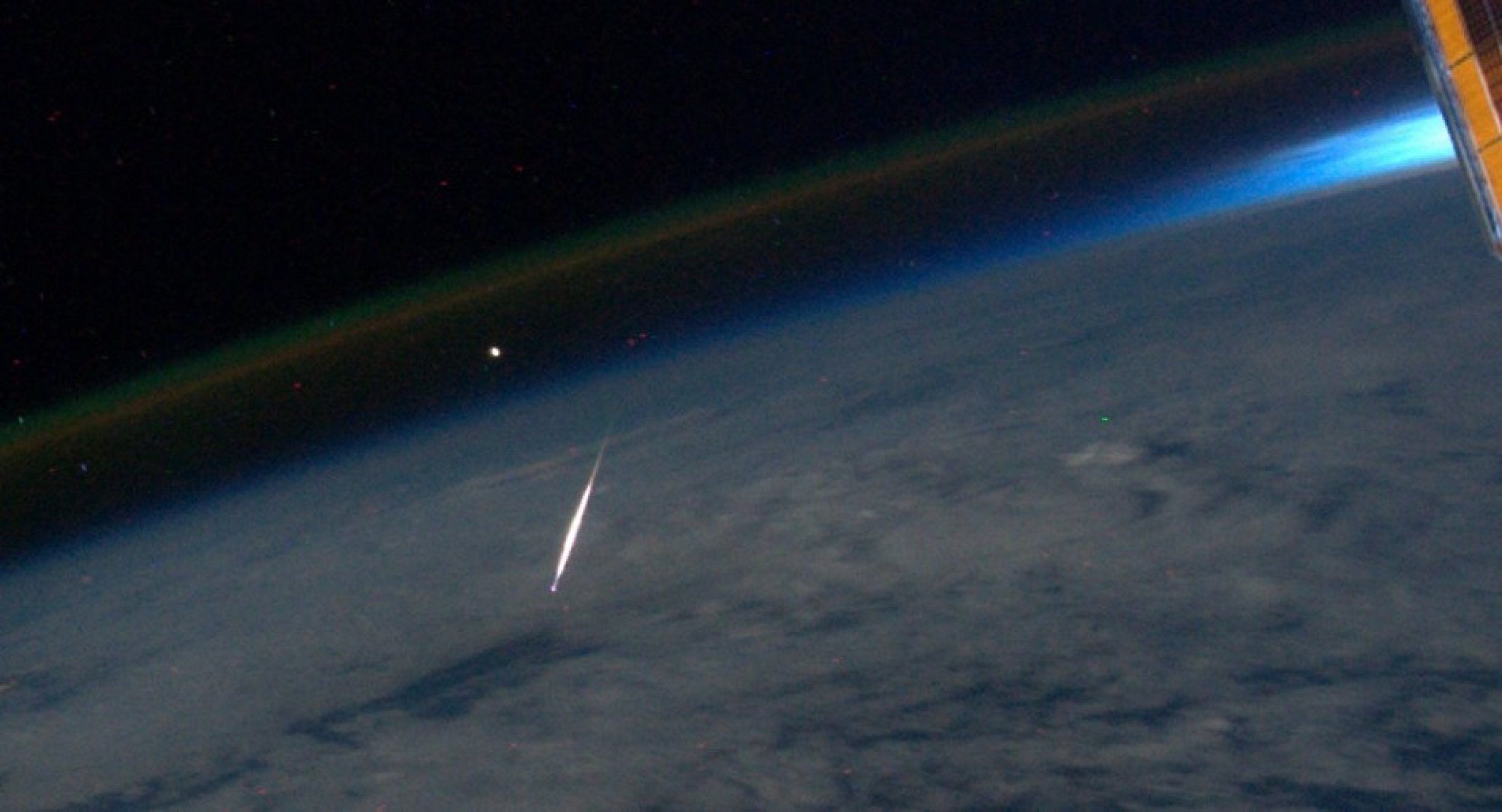Perseid Meteor Shower will be Active Until Aug. 24 (PHOTOS)
Skywatchers worldwide enjoyed the annual Perseid meteor shower Friday night and Saturday morning despite the light of the full moon, which is called 'Grain Moon' or 'Green Corn Moon' for this month.
The International Meteor Organization recorded an average of 30 shooting stars an hour Friday morning, rising to 45 to 60 by Friday night and Saturday morning.
NASA astronaut Ron Garan was able to take a picture that could be in the running for most amazing shot of all time. He was able to capture a shooting star in all its blazing glory while orbiting above the meteor.
"What a 'Shooting Star' looks like #FromSpace Taken yesterday during Perseids Meteor Shower..." Garan said on Sunday while aboard the International Space Station. He made the update to his Twitter account as he neared the end of his six-month tour in the ISS. The photo gives viewers the rare chance to see a meteor as it falls into the atmosphere.
The meteor shower, which is caused by debris from Comet Swift-Tuttle and observed for about 2000 years, peaked on the night of Friday and Saturday. Even if you missed out the shower peaking, the Perseids will be active till August 24, where you can glimpse at least 5-10 meteors per hour.
The meteors come from Earth's orbit, coinciding with a cloud of debris left by the comet Swift-Tuttle, which orbits the sun once every 133 years. The debris, consisting of ice and dust, burn up Earth's atmosphere and create streaks of light.
Most of the debris Earth will encounter in 2011 is more than r 1,000 years old. The meteors enter Earth's atmosphere at about roughly 133,200 mph, and most of them are the size of sand grains, according to space.com. Some are as big as peas or marbles, and almost none hits the ground.
Take a glimpse of the meteor shower captured between Friday and Saturday:







© Copyright IBTimes 2024. All rights reserved.











